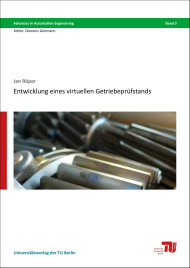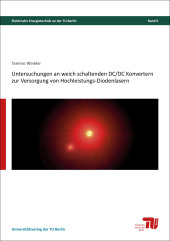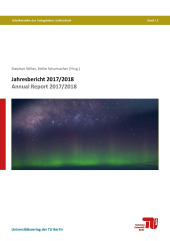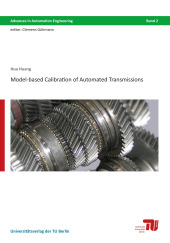Entwicklung eines virtuellen Getriebeprüfstands

Format: 17,0 x 24,0 cm
Publishing year: 2017
The demand for quality and safety tests at the production of automatic transmissions increases with their growing complexity. As a result, end-of-line tests are carried out automatically on test benches, which are used to stimulate and asses the characteristics of the test object. The development of test automation and test procedures is constrained by the availability of test object and test bench during the product development phase. A detailed evaluation of the test system performance can only be carried out close to the commissioning of the production line. The same applies to updates of the test system, which can only be tested during live operation of the production. To ease this bottleneck, a virtual test bench, which allows independent, thorough testing, is introduced. The virtual test bench consists of models of the test bench and the automatic transmission. The resulting setup can be compared to a hardware-in-the-loop system. The test automation software is the test object, which is executed on the original hardware, while test bench and automatic transmission are simulated separately. The virtual test bench also shows characteristics of a software-in-the-loop system, since it incorporates a simulation of the relevant transmission control unit software and the logic of the test bench programmable logic controller. The virtual test bench uses the same interfaces for the communication with the test automation as the real test bench. Therefore, a preliminary commissioning can be carried out to reduce the effort at the production site. A reconfiguration of the test automation after transfer to the production site is not necessary, which eliminates potential errors. The development of the virtual test bench is restricted by the availability of information during the product development process of the automatic transmission. However, information is typically available prior to hardware. The benefit of exploiting the available information is shown in this thesis. Models with different modeling depth are presented, which reflect the availability of information. With the resulting models typical tasks are carried out, which are representative for the development of an automatic test system for mechatronic systems. The tasks range from software tests and investigations on communication properties to the development of test methods for leakage in the transmissions hydraulic system. The ability and the limitations to assess the test system are shown for the different models. Potential model refinements and future applications of the virtual test bench are identified.



